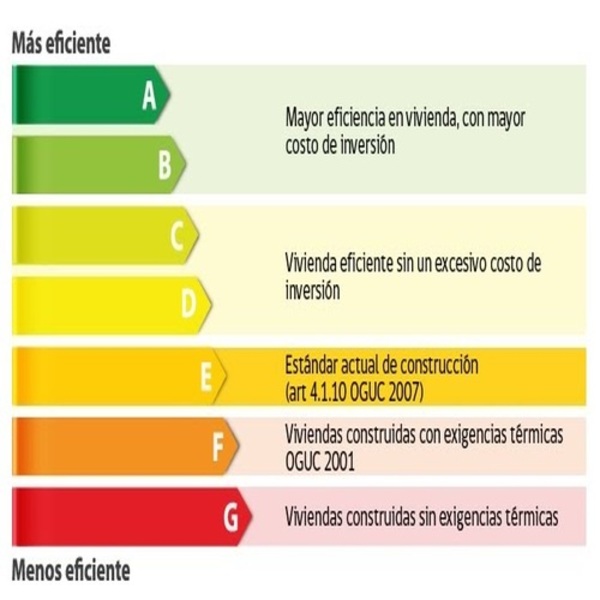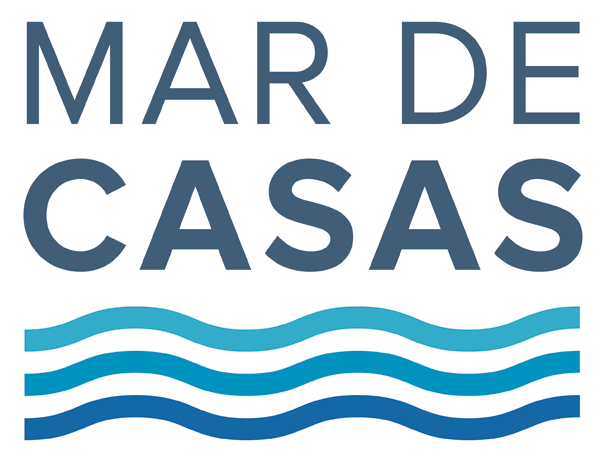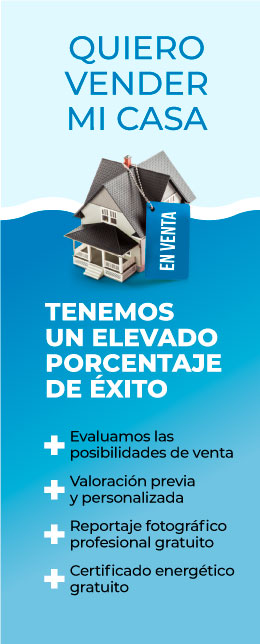Energy efficiency certificate
The energy efficiency certificate or energy certificate is necessary for all those owners who wish to sell or buy a property, as the Spanish government and real estate laws establish, in the event of its absence, heavy financial penalties. Read on, we explain what the energy efficiency certificate consists of.
Definition of the energy efficiency certificate
The energy performance certificate or energy certificate is a technical document originating from the Royal Decree 390/2021, of 1 June, approving the basic procedure for the certification of the energy performance of buildings, mandatory since 1 June 2013 and which has been in operation since then in all EU neighbouring countries to improve the sustainability of buildings and to proceed with the so-called green revolution.This energy efficiency certificate is drawn up and signed by an authorised technician, whether they are architects, technical architects or their equivalent in building engineers, industrial engineers or industrial technical engineers. We will now explain how it works and how its parameters are calculated.
How is the energy efficiency certificate drawn up?
The energy efficiency certificate, the value of which may vary between Autonomous Communities, is calculated based on the square metres of the home and the Autonomous Community where it is issued. In this way, the energy consumption of our home is calculated for a year in standard conditions of habitability, establishing the sum based on the production of hot water, heating, lighting, cooling and ventilation, as well as the materials necessary for the insulation of the home, such as enclosures, windows and the quality of the ventilation systems.
Thus, we will obtain one energy certificate or another based on the specifications of each home, varying its letter based on the energy efficiency achieved. Read on, you are interested.
Energy rating of the energy efficiency certificate: energy label
Our house will have one energy rating or another depending on the values mentioned above, from the letter A, the most efficient and sustainable house with 95% savings compared to the most polluting, with an average consumption of 10.26 kWh/m2 per year, to the label G, with the lowest energy efficiency and an energy consumption of 217.28 kWh/m2 per year.

This scale is also representative for buildings, industrial installations and household appliances of all types in order to classify their life cycles and to be clear about which ones are more or less polluting and should be withdrawn from the market.
Obtaining the energy efficiency certificate: a more than sustainable issue
Obtaining our energy certificate is simple if we are clear about the following steps: first of all we must look for an authorised certifying technician as those mentioned above, who will study our home in depth: measurement of each room, inspection of the air conditioning and heating systems, enclosures, exits to the outside… all introduced into a computer system that will give us the letter corresponding to our future energy certificate; after this, the energy efficiency certifying technician will prepare a dossier with the key points of the visit and the recommendations to be rectified in the home.
Finally, in order to validate the energy efficiency certificate, it must be submitted to the competent body in each Autonomous Community for verification and subsequent issuing of the official energy efficiency label.








